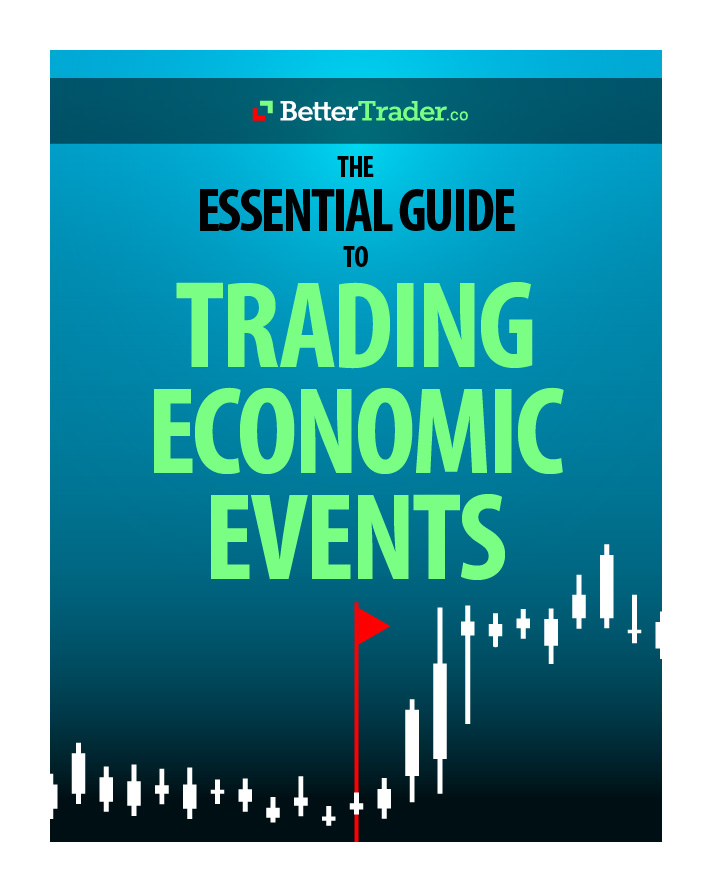Creating Your Trading Plan
“Good fortune is what happens when opportunity meets with planning.” -Thomas Edison
The difference between being profitable and not profitable in the financial markets can be as simple as trading with a plan or trading without one.
Why you need a plan
When you have a trading plan, you open your trading terminal and you have clear instructions on what to look for. You don’t need to waste your time thinking about what to do and what not to do. All rules and setups that you trade are always at your fingertips.
What is a trading plan, anyway?
Fundamentally, a trading plan is a set of instructions to guide one’s training. It may be more general, or it may be a list of specific and concrete actions. Either way, a trading plan is an essential aspect to one’s trading. It gives an organized approach to trading, executing a system based on your analysis and outlook of the market while considering risk management and your own personal psychology.
Let’s look at an example
Here’s an example of a trading plan which is fairly concrete:
- Read relevant news from reliable sources to understand which direction the markets may be driven
- Show up to the charts pre-session open to see the current position of the market before the buyers and sellers come in and volatility strikes
- Choose a currency pair and make a bias based on price action or other factors
- Execute a maximum 2-3 trades per day
- Set a target range of 10-20 pips
- Place stop losses 5-15 pips from entry
- Risk only 3-5% on all positions
How you can create your trading plan
Creating a trading plan is a simple process that needs to reflect your lifestyle and what your intentions are when trading these very volatile markets. Once your goals are familiarized, reevaluate whether they are realistic for profits. Focus on your risk percentage when creating a trading plan. This an essential aspect to building discipline and understanding how much capital you are willing to put on the line. Finally, make sure to do your research as this will provide the knowledge to entering and exiting a trade.
Start by considering each of these questions:
- What time is best for you to trade?
- What instrument would you want to trade?
- Are there any economic events that would shift this instrument?
- What is your bias for this instrument?
- How much are you willing to risk?
- What is your entry, stop loss, and target price?
- How many trades will you make per day?
The broad goal of a trading plan is to reduce impulsiveness in trading, by performing research and thinking about possible plans of actions before trading. The questions above will help guide this process. Each should require some research, along with careful thought.
Summary
Regardless of how well put together your trading plan is, it won’t work unless you implement this plan into your lifestyle. Even if they have more losing trades than winning trades, the forex traders that follow this disciplined approach are the ones that pull consistent profits from the markets and survive in this industry year after year.














